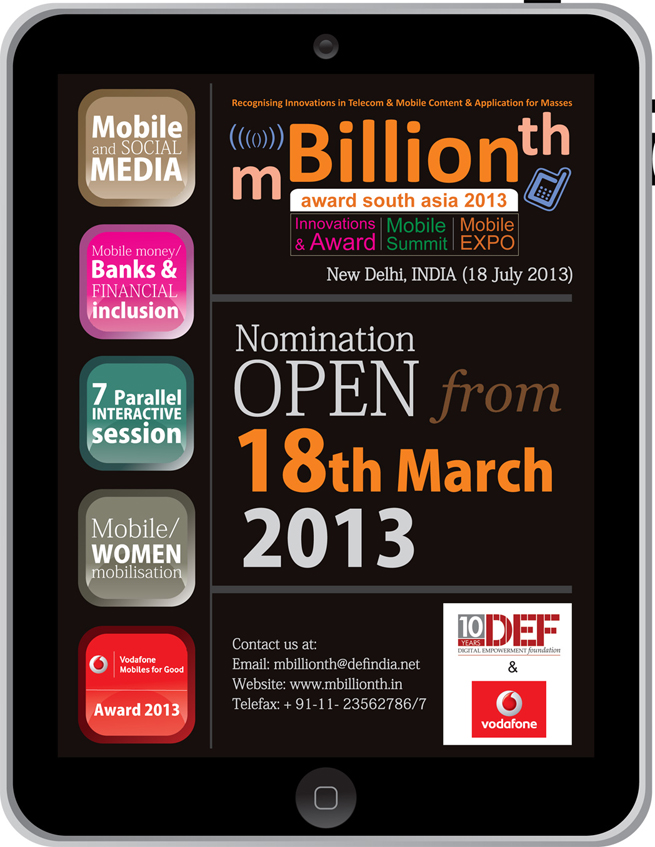Last Thursday it was the last guest lecture I presented to sophomore
students Communication of the Applied University of Windesheim Flevoland in my
hometown Almere (NL). The course was called Research on Trends in
Communication, but it soon turned into Research on Trends in Digital Communication.
The format of the guest lectures was: sitting in on a Powerpoint presentation, reading
a relevant article, and writing five blog postings on the subjects treated. The
guest lectures were in English, not in the Dutch language. The subjects were:
Pre-internet, the disruptive technology of Internet, the creative industry,
content and foresighting. One lecture was spent on searching the internet under the slogan: Formerly we believed in God, now in Google (Paul Claes). Social
media was not explicitly on the list as we thought it more important to get the
students blogging before going into micro-blogging.
Having explained the principles of foresighting with the
Powerpoint presentation of my World Summit Award colleague Suzanne Stein, who works
at the Canadian Film Centre, the students got the assignment to discover
trends. Each of them was assigned a category of the World Summit Awards contests,
WSA Global, WSA Mobile and WSYA, and write a blog posting about the trends. This
turned out to be an interesting exercise as each student had at least some 50+
winners to study and analyse. The WSA sites, divided over three sites
(www.wsis-award.org, www.wsa-mobile.org, www.youthaward.org) can of course be
used for more purposes in education. Besides the study of trends, they can also
be used as research for potential projects. In the e-Learning category for
example there are several examples of school curricula and in e-Culture there
are several examples of promoting cultural places and museums.
Besides discovering trends and doing research on the
winners, the winning projects are a source of inspiration for students and
people in the trade. And these three
sites with 50+ winners are only a tip of the iceberg of submissions, which the
WSA organisation has collected over the years. As all these submissions have
passed judgement on the national level, it would be interesting to have access
to all of them in one database. A conservative estimate will total 4000+
projects submitted. The World Summit Award database has proven to be an
interesting hunting ground for trends to students and people working in new/digital
media and communication.
For a specimen of the blogs produced, please have a look at the posting Trends in E-entertainment and games (link with permission by the author Denise Duijvenbode).
For a specimen of the blogs produced, please have a look at the posting Trends in E-entertainment and games (link with permission by the author Denise Duijvenbode).


















